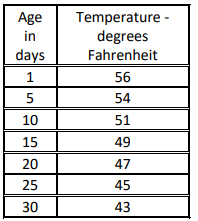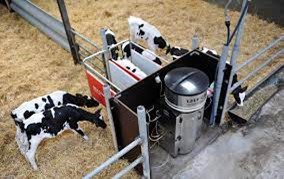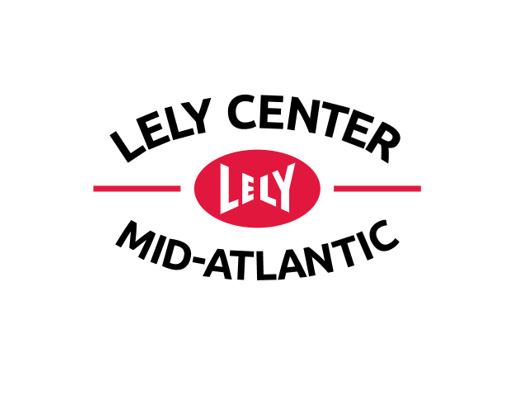Raising dairy calves is no easy task, and doing so during the extremes of cold and heat can cause added challenges. That’s where the Lely Calm automatic calf feeder steps in, making the management of calves during these trying times less daunting for both the farmer and the calf.
By now, we all know the effect of heat stress on dairy cattle—both calves and cows. However, one aspect that doesn’t get as much attention is the cold stress experienced by calves. Unlike mature cattle, calves are more sensitive to colder temperatures. When talking about temperatures in relevance to cattle, it’s important to understand the concept of a “thermoneutral zone”. The thermoneutral zone is the temperature range where the animal doesn’t need to use additional energy to maintain its normal body temperature. Figure 1 below illustrates critical temperatures for calves 1-30 days old, sourced from the University of Wisconsin-Madison Extension. When temperatures drop below these values, calves require extra energy to support growth rates.

Housing calves during the winter demands a different approach than in other months. Bedding becomes a critical consideration when preparing for colder temperatures.
Sufficient deep, clean, and dry bedding allows for nesting behavior. A nesting score of 3 should be achieved during the winter, which means legs are completely covered by the bedding and not visually seen (UWM extension). Using straw bedding is highly recommended in these months to minimize heat loss through conduction.
Adjusting feeding during the winter months can also alleviate cold stress on calves. Newborn calves are born with 1.5% brown adipose tissue (BAT), which is crucial for generating heat in colder temperatures. Without colostrum, BAT is depleted within 18 hours. It is important to note that colostrum IgG absorption is reduced when calves are experiencing cold stress. Drying off calves completely immediately after birth and feeding high-quality colostrum ensures their well-being in the cold.
Calves older than 3 weeks experience cold stress at 41 degrees Fahrenheit. Increasing the amount of milk or milk replacer for unweaned calves ensures they have enough energy to stay warm, grow, and maintain good health. This can be done by offering a third daily feeding. When possible, this should be done at a gradual steady rate (calfcare.ca). Dramatic increases on particularly cold days will lead to scours. Instead, take a general increased approach to feeding in the winter months. For producers with automatic calf feeders, you can program the feeder to slowly increase daily allowance or create a custom winter-feeding plan to ensure calves get the energy they need.
During winter, offering calves warm, fresh water after every feeding encourages starter intake. The water temperature should be approximately the calf’s normal body temperature, sparing the calf from using extra energy to warm the water.
Concerned about increased labor costs with these changes? This is where a producer can reap immense benefits from a Lely Calm. Adjusting the feeding rate for calves becomes a breeze with minimal additional labor. Calves raised on the Calm also experience reduced vet expenses, increased growth rates, earlier breeding (leading to earlier age at first calving), and an average overall 1st lactation milk increase of 1,500 pounds.
In conclusion, ensuring calf health and growth during winter is vital for a farm’s success. But let’s not complicate things more than necessary. If you want to learn more about automatic calf feeders, reach out to our sales team, or read more about them here. Your FMS advisor can assist with feeding plans and winter management for producers already equipped with the Lely Calm.
Remember, healthy calves, whether in winter or summer, pave the way for healthy heifers and healthy cows!

